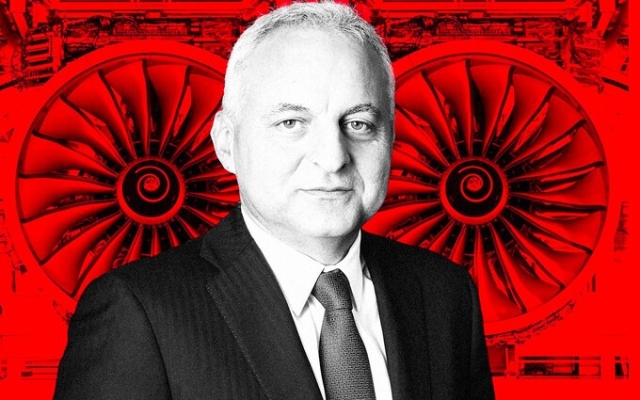
Ten months after Tufan Erginbilgic joined the company, a master plan to save Rolls-Royce emerges.
The CEO announced up to 2,500 job cuts to make the engineering giant «fit for the future.»
In doing so, he hopes to crush the corporate fiefdoms that have hampered the efforts of his predecessors to modernize the company.
Targeting staff cuts in areas such as finance, HR and purchasing, Erginbilgic, nicknamed «Turbofan» by analysts in reference to its modern jet engine, will limit the autonomy of the company's three largest divisions in an attempt to turn around losses. do business for good.
Although Rolls-Royce is best known for making engines for passenger aircraft, the company also makes turbines for fighter and bomber aircraft and has a large business called Power Systems, mainly based in Germany, which makes diesel engines for power generators, trains and ships.
Each division has historically had wide latitude in managing its own budget, and this has led to duplication of both jobs and costs in areas such as human resources or legal advice.
Erginbilgic, when he took charge, did not hesitate to point out these inefficiencies. In January, he told staff the company was a «burning platform» and had «been out of business for a long time.»
Then in May, a former BP executive said the energy business was «grossly mismanaged,» sparking speculation that that he might sell the division.
Instead, he is moving it closer to Rolls-Royce. The cuts will centralize many spending and purchasing decisions across three businesses: civil, defense and energy.
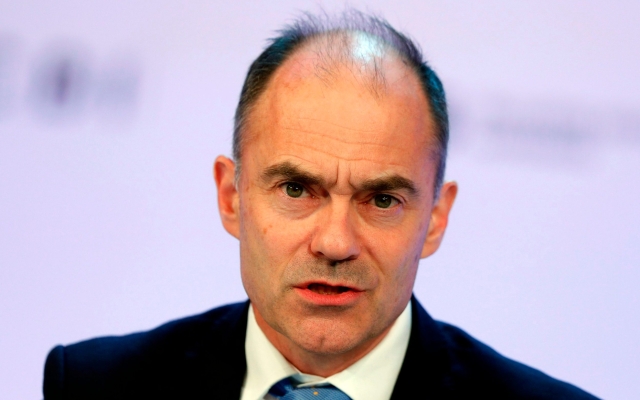 Former CEO Warren East attempted to downsize the business, with mixed results. Photo: ADRIAN DENNIS/AFP
Former CEO Warren East attempted to downsize the business, with mixed results. Photo: ADRIAN DENNIS/AFP
Predecessors had tried to cut business before. Warren East, who led the company before Erginbilgic, cut 4,600 jobs in 2018, cutting management and administrative positions.
But disjointed decision-making has led to a resurgence of uncoordinated hiring after East's cuts, insiders say.
Erginbilgic has made hiring more difficult, now requiring senior management approval to hire new employees.
Rolls currently employs 42,000 people, with around 21,000 in the UK, mainly split between Derby and Bristol. About 11,000 are based in Germany and 5,000 in the United States. The company also has offices in Singapore and a base in China.
The energy business may be hardest hit by Erginbilgic's job cuts as it is the least integrated with the rest of the company.
The energy business is also vulnerable as some defense jobs remain, meaning that cuts will be forced elsewhere. Around 3,600 jobs in the UK are focused on producing propulsion systems for nuclear submarines and will not be affected by the restructuring.
Erginbilgic also put the finishing touches on a reshuffle of Rolls-Royce's management team, as well as a redundancy plan.
He promoted Simon Burr from director of civil aviation to head of engineering, technology and safety. throughout the business. He joins Erginbilgic's new hires, including chief transformation officer Nicola Grady-Smith and chief financial officer Helen McCabe, who both worked with the head of Rolls at BP.
As the company's structure undergoes a transformation, Mr Erginbilgic's next challenge will be to make his mark on the Roll-Royce culture.
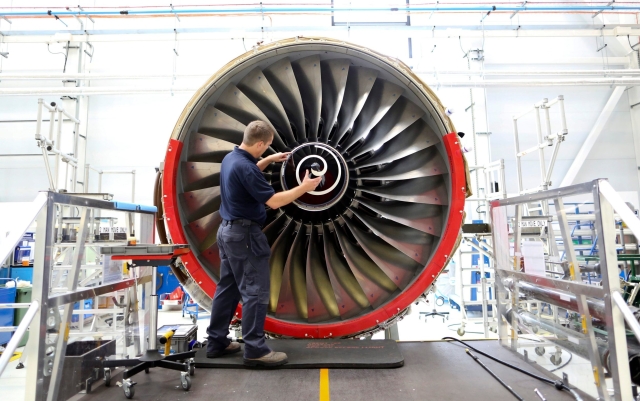 Erginbilgic Rolls-Royce's culture still needs to change significantly. Photo: Chris Ratcliffe/Bloomberg Finance LP.
Erginbilgic Rolls-Royce's culture still needs to change significantly. Photo: Chris Ratcliffe/Bloomberg Finance LP.
Workers on the factory floor describe a company that moves slowly, in part because of a well-earned sense of purpose and history. Rolls holds a special place in British corporate history, famous as the engine maker for the Spitfire fighter plane and the former home of the luxury car brand now owned by BMW.
Careers are usually measured in decades. than years, but it means teams rely on the same staff and ideas for long periods of time.
Erginbilgic has not yet been able to significantly change a culture that has proven resistant to reform under other leaders, they say insiders.
His direct approach and clarity of plans can help him succeed where others have failed, says Nick Cunningham, an analyst at Agency Partners.
«The previous management was analytical and pleasant,» says Cunningham, who oversees Rolls-Royce since the 1980s. “But they thought reforming Rolls was like wandering through treacle. Tufan, don't argue with him, and I think he knows what he needs to do.
“He is very straightforward and very clear about what he wants and why he wants it. «
After much upheaval at the company, he also has license to make radical changes, says Cunningham.
During the pandemic, the company came close to death when its revenue from engine servicing dried up. Then, in order to survive, an urgent injection of capital from investors and government support was required.
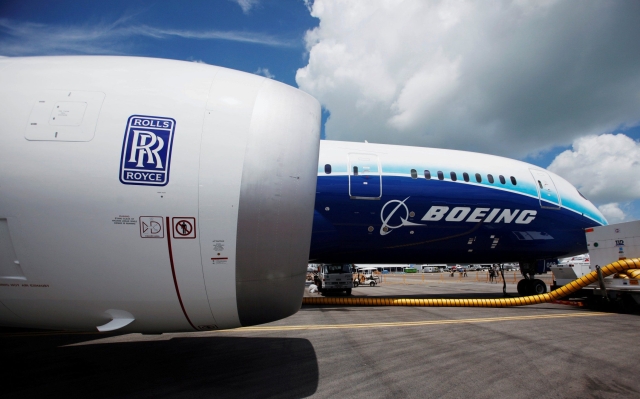 The Trent 1000 engine that powers Boeing The Dreamliner has had production problems. Photo: Edgar Su/REUTERS
The Trent 1000 engine that powers Boeing The Dreamliner has had production problems. Photo: Edgar Su/REUTERS
Other recent setbacks include production problems with the Trent 1000 engine that powers Boeing's Dreamliner, as well as a settlement paid to the Serious Fraud Office over historical allegations of bribery and corruption. The SFO settlement, engine problems and the pandemic have cost the company around £8 billion during East's tenure.
Investors are running out of patience and the race to profitability is more important than ever, Cunningham says. The company lost £1.5 billion last year.
Improving the company's competitiveness will be key to improving performance.
When it comes to making the largest passenger jet engines, Rolls has two competitor: Pratt & Whitney, owned by rocket maker RTX Corporation; and General Electric (GE).
While Rolls' civilian business has margins of less than 10%, GE last year boasted an 18% margin and said in March it expects returns of around 20% from 2025.
Investors will want to know how Erginbilgic plans to liquidate this gap when he delivers his strategic review of Rolls next month.
Retaining Power Systems may raise questions about what else the company can sell to boost profits.
 The small modular reactor (SMR) business is focused on developing prefabricated nuclear power plants. Ditching the company's electric business is unlikely, Cunningham says, because it offers great promise in creating hybrid jet engines that could play a role in the transition to net zero. .
The small modular reactor (SMR) business is focused on developing prefabricated nuclear power plants. Ditching the company's electric business is unlikely, Cunningham says, because it offers great promise in creating hybrid jet engines that could play a role in the transition to net zero. .
Rolls has raised money in other ways: its small modular reactor (SMR) business, which aims to develop plant-based nuclear power plants, has sold stakes to outside investors including Qatar's sovereign wealth fund. Insiders hinted that other divisions could be treated similarly.
The existence of the SMR business points to a larger challenge facing Rolls-Royce: how to adapt to zero emissions. Erginbilgic will have to make sure that the company is not only competitive with its competitors, but also ready for a world in which the very nature of the engine is changing.
“Where do you put your research money? How are you going to manage your customer relationships? In particular, how are you going to deal with the need to decarbonize?” says Cunningham.
I think we'll go through a recovery phase relatively quickly, you know, within the next two years. And then you start to think about what this business should be like in the long term?
As Erginbilgik swings his ax, these questions are still hanging in the air.

















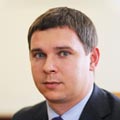
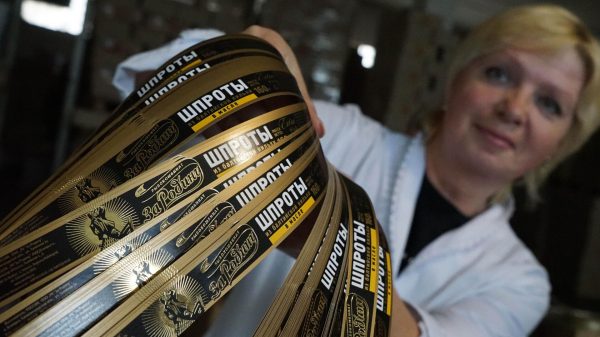
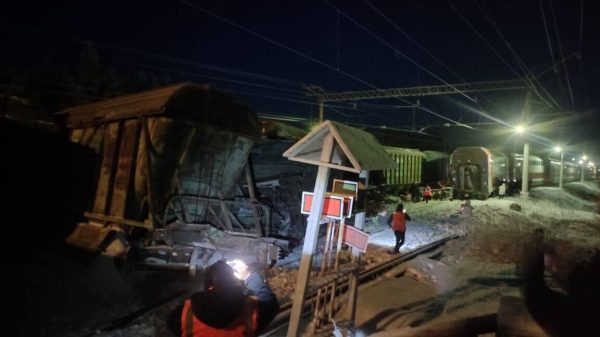






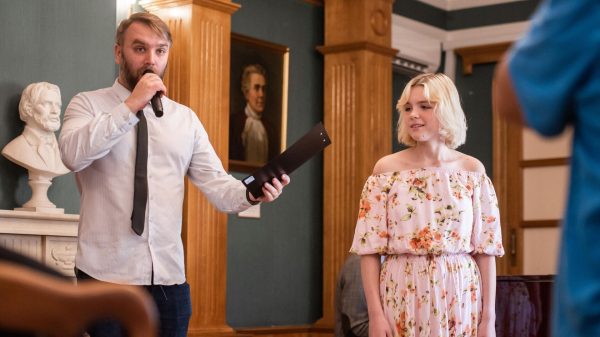







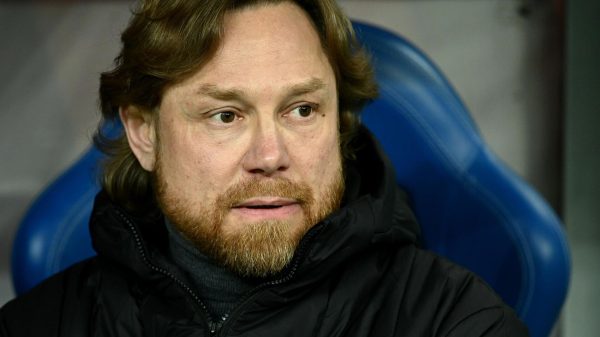



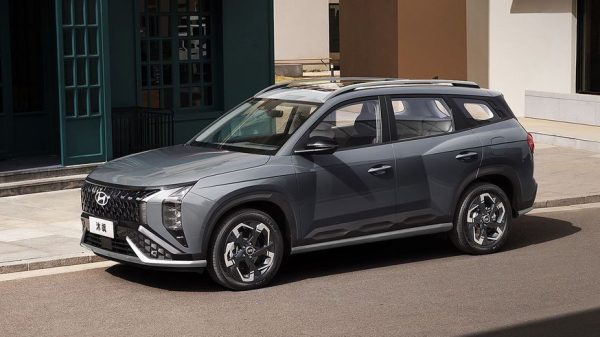
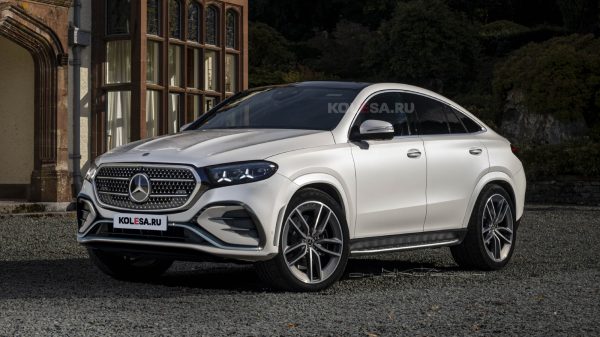
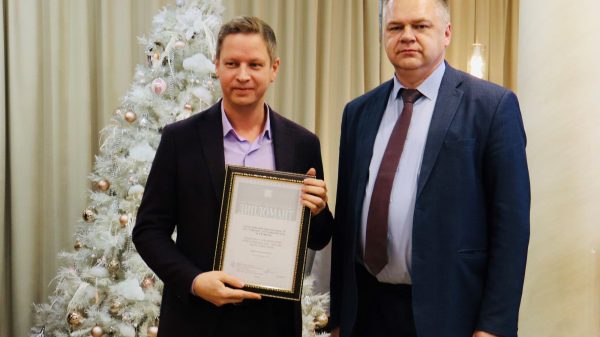



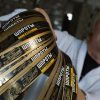
























Свежие комментарии